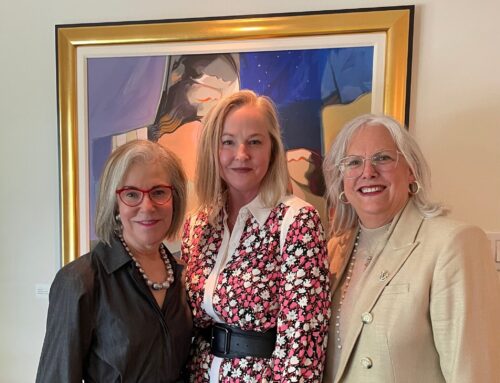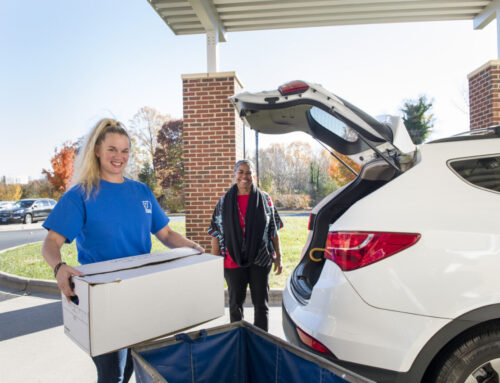The city can’t possibly clean up all the graffiti that pops up on street signs and buildings every day. So, Preston Hollow resident and attorney John Barr took matters into his own hands, covering it up on his own dime. That almost got him into trouble because, technically, it’s illegal paint on city property without consent. But instead of prosecuting him, city officials dubbed him Dallas’ graffiti czar. Barr isn’t fond of the authoritative title, but he does have some suggestions for the city council on how to eradicate graffiti — the responsibility, however, lies less with the government and more with its citizens.
What’s wrong with the term “graffiti czar”?
It’s counterproductive to the mission of eradicating graffiti. The very profile of a person that does graffiti falls into three categories. The first is the commercial street guy, so obviously there’s an agenda. The second is the prolific tagger who wants to put his name out there. And third is the urban artist. All of this is a counter culture outside the mainstream of society to denounce someone with power and authority. That’s the very thing they’re trying to play up against. It’s inaccurate [to call me a graffiti czar] because I have no power or authority to do anything but make suggestions to the city council. Those are the people with the power. I’m simply trying to make this place a better place to live.
You had already been cleaning up graffiti around the city. How did you go about doing that?
Burt Barr & Associates used to office out of Downtown until 2002 when I bought this building in Oak Cliff and remodeled it. We just enjoy the culture in Oak Cliff. The city does not have the resources to combat the vandalism I was witnessing. We own the whole block. We do the yard work on the block. The guys who work for me, I just told them to get in their pick-up trucks with a can of spray paint and cover up all the tagging that they found. The first month, it was a lot. Then, not as much. We did it for about four years.
So the more you covered it up, the less graffiti there was?
Absolutely. The person putting the graffiti up only wants one thing — recognition. So, if you deprive them of that recognition by covering it up, the incentive for them to do it goes away. If you’re doing it every day, the people who are doing it have to put in more effort for not much reward.
There’s a mural along Forest Lane that was painted back in the 1970s by W.T. White students to help combat graffiti. How can we encourage more of that?
My vision is that we should offer an alternative to the tagger who aspires to be an artist — a venue where he is recognized. The main objection I have is the trespassing — doing it without consent. We would have a juried exhibition with qualified judges who can decide what is good urban art and what isn’t. Then we find places that are appropriate for the artwork. Once you start providing this to people, they have a venue. You can also recruit them to speak to young kids.
What have you seen other cities do to help eradicate graffiti?
I got on a plane and flew to New York, Philadelphia, Mexico City, Los Angeles, Phoenix … I looked at what they were doing, and it’s a lot of what I mentioned. These ideas are not original ideas of mine.
Where does the city of Dallas fall short?
The only programs I’m aware of are those led by a very good politician — Delia Jasso [District 1 councilman]. She has an excellent program where she goes into schools and tells young kids that it’s fundamentally wrong to write on someone else’s property. But what people need to understand is that government can’t make our town better. Only citizens can make our town better.
You don’t see much graffiti in Preston Hollow. Why should we care?
I’ll tell you why this is of interest to people in Preston Hollow. They pay higher taxes, and they pay much more of the cost of covering it up. And in order to maintain the tax base, we have to bring businesses to the community, and the vast majority of available land and emerging population is in the southern sector where graffiti is most prevalent. We should want to help clean up South Dallas and Pleasant Grove. Graffiti is a reflection of the social condition. If collectively we can get the community involved, we can make Dallas look like it did when I was a kid. It starts with HOAs and individuals. We have to change the mentality of people waiting on the government to fix their problems. This is not farfetched. If 30 people spent 30 minutes a day cleaning up graffiti, things would change tonight.
And that’s not too idealistic?
Shame on the people who say that.







